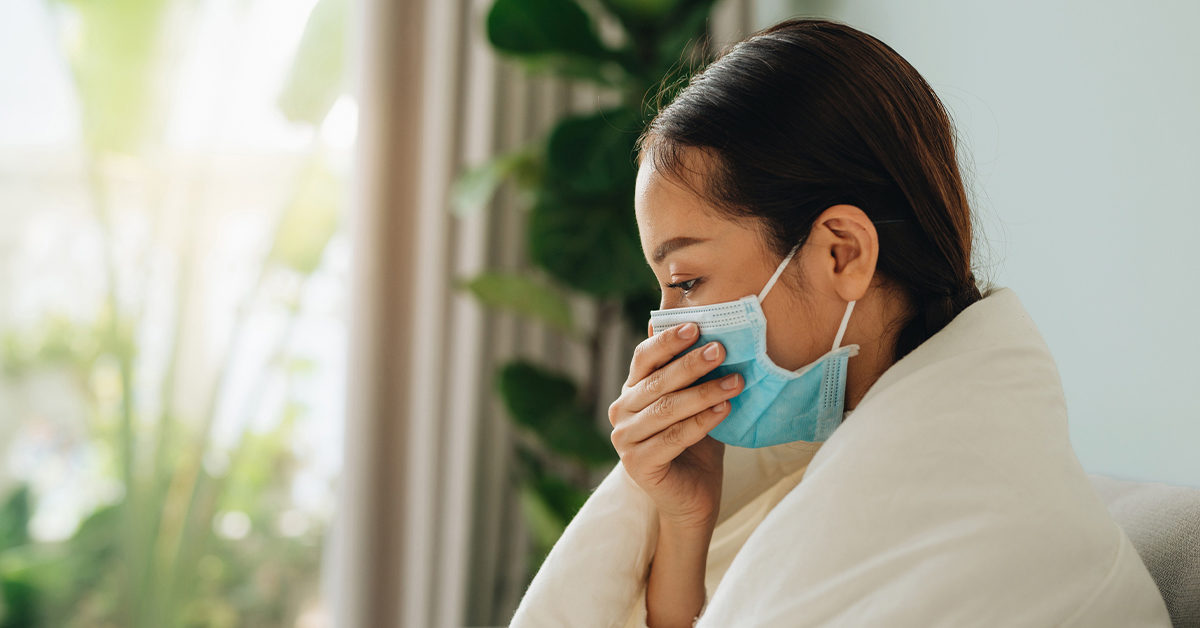As we all know the pandemic of coronavirus is spreading fast worldwide. Therefore, the best thing to do is to follow the measures WHO prescribed. So, there is one important question everyone should ask – How long after exposure to get coronavirus?
However, there is a big chance that any of us can get infected and not know it.
First symptoms and how long after exposure to get coronavirus
For some infected there are no symptoms. But, for others common symptoms are fever, dry cough, sore throat, fatigue, body ache, chills.
What’s more, severe cases might encounter high temperatures, severe cough, and shortness of breath which can result in pneumonia.
Also, the incubation period of the virus is somewhere between 3 to 14 days. The first symptoms appear around the fourth or fifth day after exposure.
Additionally, the contagiousness and how long after exposure to get coronavirus are two connected parameters.
In that light, an infected person might be contagious 48 to 72 hours before the first symptoms. However, it’s mostly it is during 48 hours before.
That means that, presumably, people are the most contagious in the early stage of their illness. That’s when they are starting to experience symptoms.
However, people with no symptoms can spread the virus without anyone knowing. So, how long after exposure to get coronavirus cannot be precisely measured.
Nevertheless, those people can spread the coronavirus if they are too close to others, while coughing and sneezing.
Logically, asymptomatic persons are the biggest carriers since they aren’t self-isolating and behaving according to defined measures.
When does the contagiousness stop?
In case you’re wondering about contagiousness, well, it’s around 10 days after the first contact.
Therefore, the time between the of how long after exposure to get coronavirus period and for the contagiousness to stop is an individual thing.
That is why the experts are advising us to get 14 days of isolation. Furthermore, the best indicator that contagiousness is over is to have two nasal-throat or saliva tests 24 hours apart to show negative.
Moreover, saliva tests are more reliable, and people can do them without interaction with healthcare workers by spitting into a cup.
Additionally, that can be the basis for widespread mass-testing at home.
Anyhow, the coronavirus is pretty much contagious and the best way to avoid it is to be responsible and follow the measures.
Finally, if everyone becomes more socially responsible and starts paying more attention to personal hygiene, we will hinder the spread of this virus.
